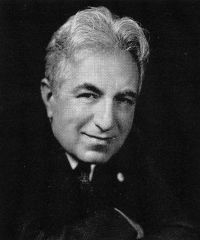Recent Editions of THE CARAVAN MAGAZINE
How delightful is this sight! Free Baha'i team has taken the task way ahead that imaginations. The Caravan Magazine that was started off by Mirza Sohrab years back, has now taken a fresh pick. My belief that the sincere efforts of Mirza Sohrab have proven true today. His step to spread the true and unaltered word of God have shown its effect today. I am so glad to see that Free Baha'i team is doing wonderful job of publishing new editions of Caravan Magazine. Guys do visit their website freebahais.org. Below is the quick link to all the latest editions published. 1. Volume.1 Edition.1- http://freebahais.org/wp-content/uploads/2018/02/The-Caravan-V1-E1.pdf 2. Volume.2 Edition.1- http://freebahais.org/wp-content/uploads/2018/03/The-Caravan-V2-E1.pdf 3. Volume.2 Edition.2- http://freebahais.org/wp-content/uploads/2018/05/The-Caravan-V2-E21.pdf 4. Volume.2 Edition.3- http://freebahais.org/wp-content/uploads/2018/07/The%20Caravan%20V2%20E3.pdf 5. Volume.2 E...



